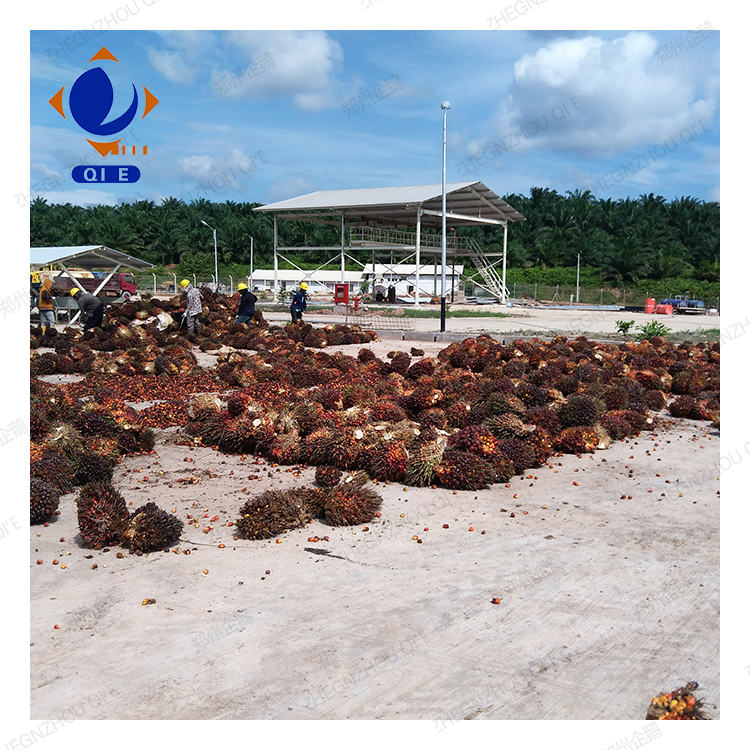
Are you a new palm oil producer or an engineer looking to optimize your production line? One of the most critical decisions you'll face is choosing between cold pressing and hot pressing for your palm fruit. Making the wrong choice can slow down your production and affect your bottom line. This guide is designed to help you understand the differences between these two processes and make an informed decision based on your raw material characteristics, market positioning, and investment return goals.
Let's start by looking at the fundamental differences between cold pressing and hot pressing. Cold pressing is a mechanical process that extracts oil from palm fruit at low temperatures, typically below 40°C. This method preserves the natural nutrients and flavors of the oil, resulting in a high - quality product. On the other hand, hot pressing involves heating the palm fruit to higher temperatures, usually between 80 - 100°C, to increase the oil yield.
In terms of equipment requirements, cold pressing generally requires less complex machinery. However, it may have lower production capacity compared to hot pressing. For energy consumption, cold pressing is more energy - efficient, with an average electricity consumption of about 22 KWH per ton of oil and steam consumption of less than 300 kg. Hot pressing, while having a higher yield, consumes more energy.

The choice between cold pressing and hot pressing can also be influenced by climate and raw material fluctuations. Let's take a look at some real - world examples. In Malaysia, the hot pressing method is widely used due to its high yield. The warm climate and consistent raw material quality allow for efficient hot pressing operations, resulting in large - scale production. In contrast, in Nigeria, the cold pressing method is favored for its stable production. The variable climate and raw material quality make cold pressing a more reliable option to ensure product quality.
To help you make a quick decision, we've created a simple decision tree. This decision tree takes into account factors such as your production capacity goals, raw material quality, and market demand. By answering a few key questions, you can quickly determine which process is more suitable for your business.
| Factor | Cold Pressing | Hot Pressing |
|---|---|---|
| Production Capacity | Lower | Higher |
| Energy Consumption | Lower | Higher |
| Product Quality | Higher in nutrients | Higher yield |

Automation plays a crucial role in both cold pressing and hot pressing processes. An automated palm oil production line can improve efficiency, reduce labor costs, and ensure consistent product quality. Our palm oil production line is designed to be flexible and stable, adapting to different pressing processes. It meets the standards set by FAO/WHO, ensuring the safety and quality of your products.
We understand that choosing the right palm fruit pressing process is a complex decision. That's why we're here to support you every step of the way. If you want to learn more about palm fruit pressing processes, including in - depth technical details and case studies, click here to access our exclusive whitepaper or contact our experts for personalized advice. Let us help you make the right choice and achieve efficient and stable operation in your palm oil production.


